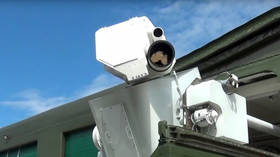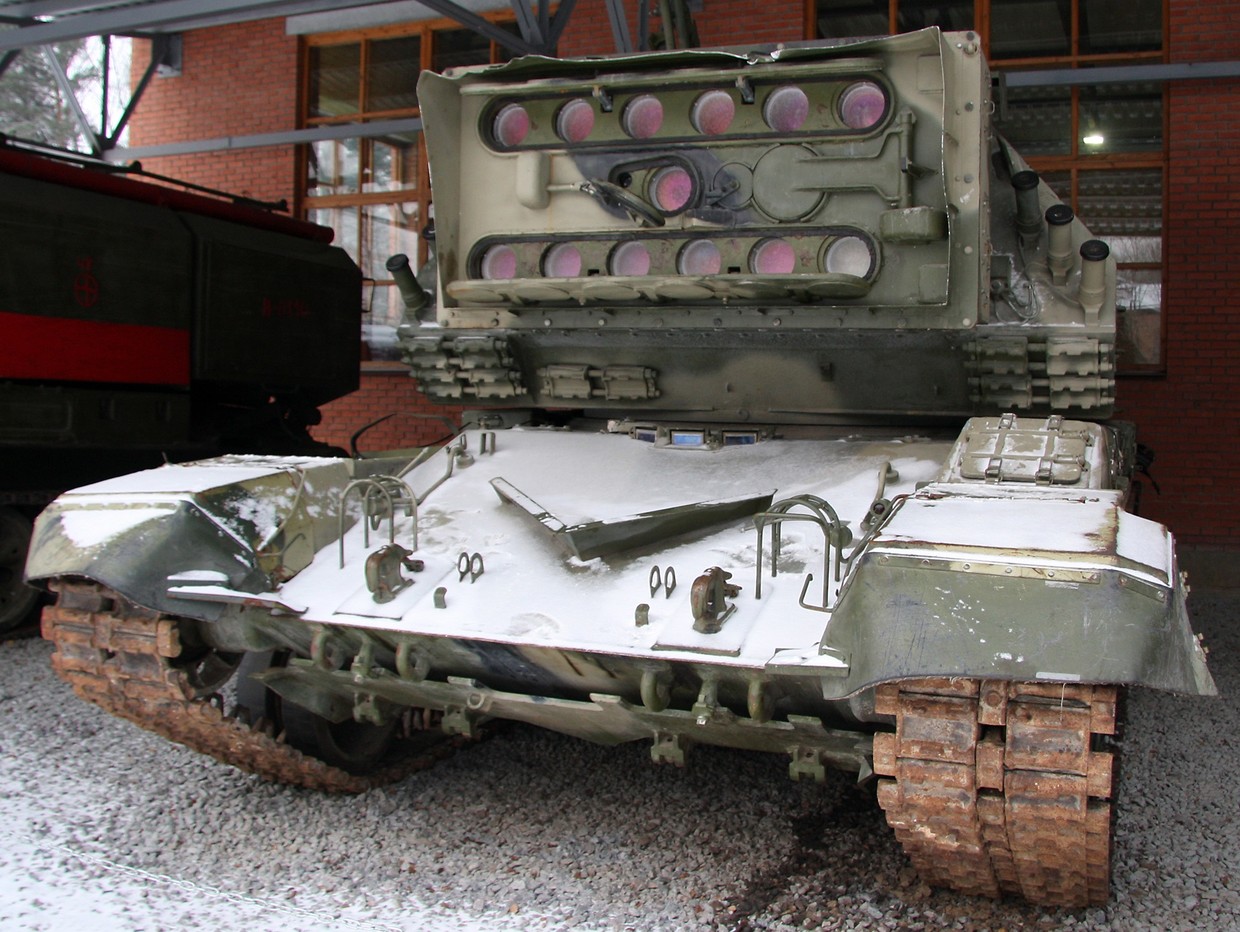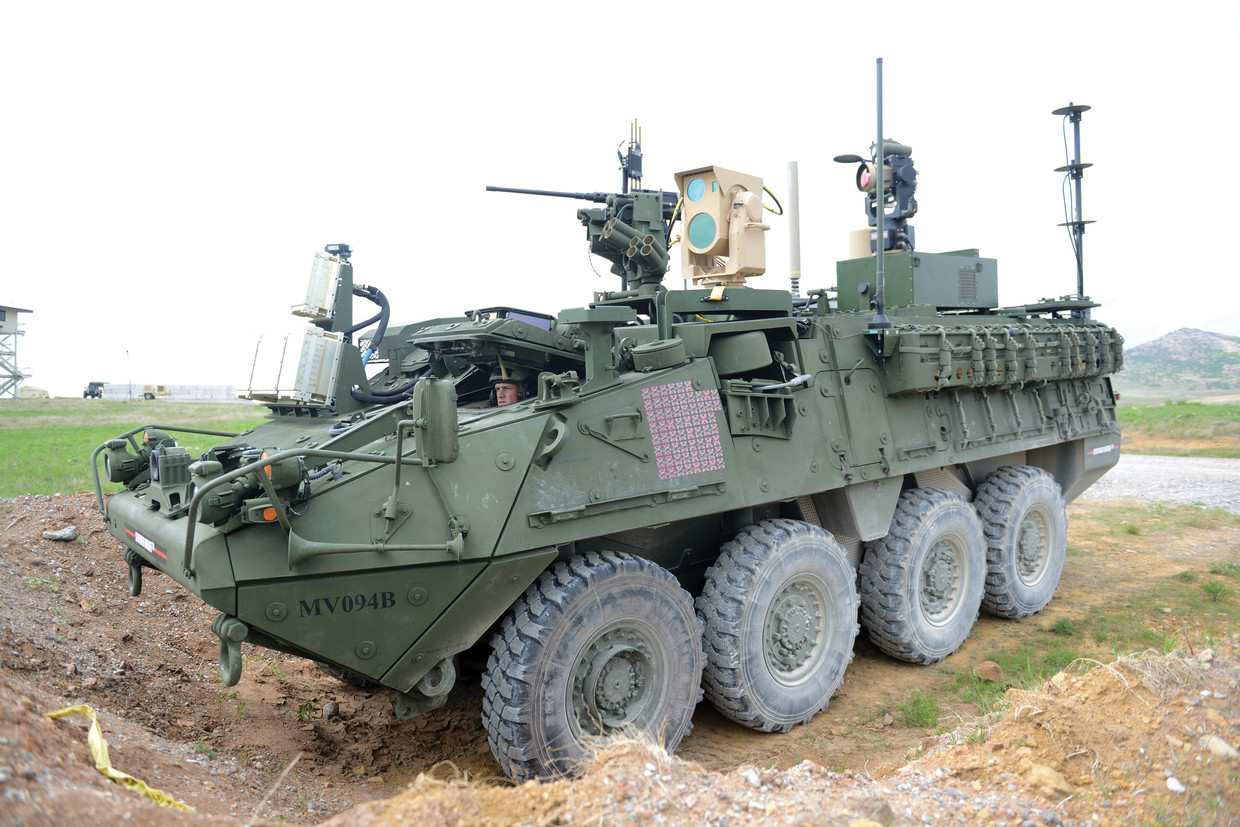Published time: 18 May, 2019 08:35Edited time: 19 May, 2019 09:56

Lasers are commonly seen as a 'weapon of the future' – and that future is already here as they are making it into the military. Laser systems have unique properties, opening new ways of waging warfare, RT's military analyst says.
Laser weaponry "will largely define" the combat potential of the Russian armed forces "throughout the whole of the 21st century," President Vladimir Putin said. The country has already adopted a combat laser system – Peresvet – and appears to be seeking other weaponry of this type.
Lasers indeed have great potential to be used in combat, especially against uncongenial targets such as swarms of tiny drones, Russian military analyst Mikhail Khodarenok believes. Apart from that, they have many advantages compared to ballistic and missile weaponry.
ALSO ON RT.COM‘Laser weapons’ to define Russia’s military potential in 21st century – Putin
"Laser weaponry is quite tempting due to the possibility of a surprise and almost immediate – at the speed of light – attack on an adversary, relative cheapness of a single 'shot', high precision and lack of the necessity to stockpile an arsenal of 'munitions' during peacetime," Khodarenok told RT.
Apart from dealing direct damage to an adversary's personnel and hardware, lasers can be used in a support role, facilitating usage of conventional weapon systems.
Experts particularly underline, not the ability to inflict heat damage on a target, but the potential of lasers to suppress optical and electronic means of observation – periscopes, optical rangefinders and other similar devices, fitted to modern weaponry.
The analyst added that optical devices themselves actually amplify and focus a laser beam, making it very effective even at long ranges.
At the same time, laser weaponry has a number of limitations that are still in place despite decades of experiments with such arms around the world. Above all, the main issue is the need for a powerful and reliable energy source, which makes such systems either very bulky or suitable only for naval vessels.
ALSO ON RT.COMFrom hypersonic glider to nuke subs: Meet Russian arms on brink of deployment (PHOTO, VIDEO)
"To make a 150kw laser 'shot' – not that powerful, actually, by modern standards – one needs energy of 450kw,"Khodarenok said. "Ideally, a laser system needs a capacitor able to charge as fast as the system itself uses it. It would allow it to use lasers in combat continuously."
Laser systems are also quite sensitive to transparency of the atmosphere, as bad weather or mere smoke greatly affects their performance (at least at this stage). Laser beams – like any light – tend to dissipate with distance, and for now, "combat range might be limited to several dozen kilometers," Khodarenok added.
What exactly does Russia have in stock?
Russia adopted a new "battle laser complex," dubbed Peresvet, last year, yet little is known about what exactly the system is capable of. The complex is mounted on a wheeled vehicle, featuring a cannon-like laser emitter and a large container, presumably holding its power source.
It is not known if the device can "blind" optics or actually melt holes in something, and it's not even known what exactly – land or air units – it's supposed to target. In the Soviet era, the country fielded a handful of laser weaponry prototypes, primarily blinding devices, designed to target the enemy's optics. The last Soviet weapon of this type, the 1K17 Szhatie, was produced shortly before the collapse of the country and never entered into mass production.

What about other countries?
The US has been experimenting with lasers for decades as well, trying to fit them into various combat roles. While repeated attempts to create an aircraft-based system were not very fruitful, the US successfully fielded and tested several prototypes of ground vehicles and naval systems. One of the newest is the MEHEL laser system, mounted on a Stryker APC, which has successfully shot down a number of light drones during testing.

Another major power – China – is not sitting idle either. Beijing puts "experimental systems on ships, coastal platforms, self-propelled chassis. One of the Chinese lasers has reportedly hit an unmanned aerial vehicle some 300 meters away," Khodarenok said.
Like this story? Share it with a friend!












